 中文版
中文版


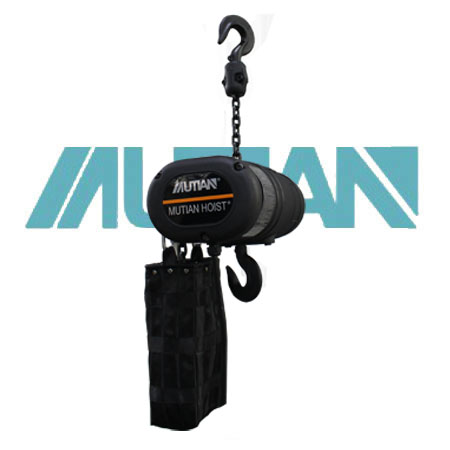
Welcome to contact us by phone:0086-0312-7969888
A stage electric boom, in the context of entertainment and theater production, refers to a horizontal structural element equipped with an electric motor for movement and control. This boom extends horizontally from a fixed point and is commonly used to support and position various stage equipment, such as lighting fixtures, microphones, cameras, or other props.
Key features of a stage electric boom include:
Horizontal Extension: The boom typically extends horizontally from a mounting point, providing a platform for hanging or supporting equipment.
Electric Motor: The boom is equipped with an electric motor, allowing it to move horizontally and sometimes vertically. This electric motor enables precise control over the positioning of the boom during a performance.
Rigging Points: The boom is attached to rigging points, which are secure anchor points typically located on the stage or within the venue's structure. Rigging elements such as cables, pulleys, and counterweights are used to ensure the stability and safety of the boom.
Equipment Support: Stage electric booms serve as a support structure for various stage equipment. Lighting fixtures are commonly attached to booms to provide flexible and dynamic lighting setups for performances.
Control System: The movement of the electric boom is controlled by a system that can be operated by a technician or a stage manager. This control system allows for adjustments to the height, angle, and movement of the boom to achieve the desired stage effects.
Safety Features: Safety is a crucial consideration in the use of stage electric booms. Systems often include safety features such as emergency stop buttons, limit switches, and overload protection to prevent accidents and ensure the well-being of performers and crew.
Stage electric booms contribute to the versatility and visual impact of live performances by allowing for dynamic and controlled movements of equipment above the stage. They are commonly used in theaters, concert venues, and other entertainment settings where precise control of lighting, audio, and visual elements is essential. As with any stage rigging equipment, proper training, regular inspections, and adherence to safety guidelines are crucial for safe and effective use.
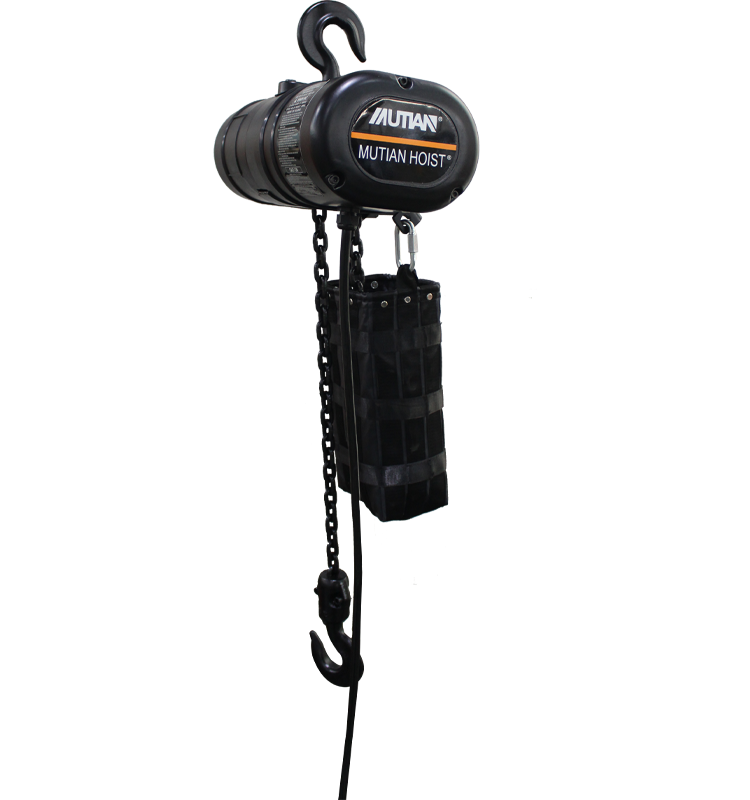
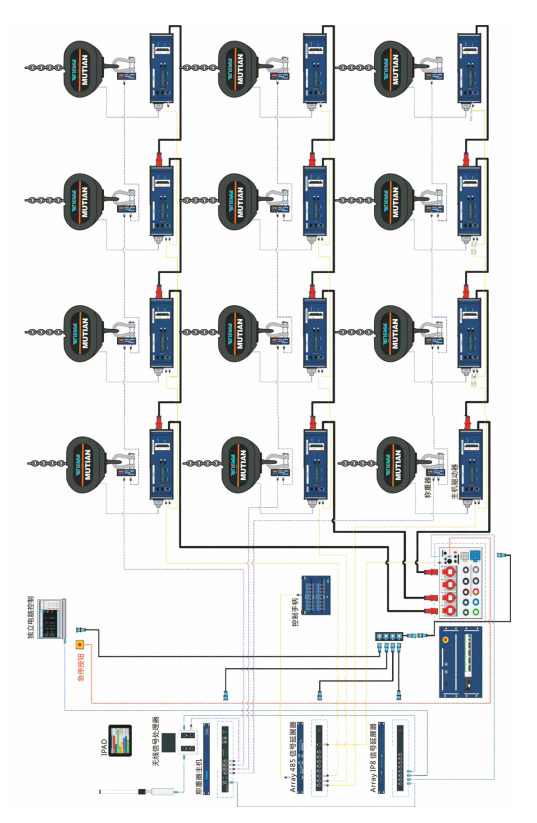
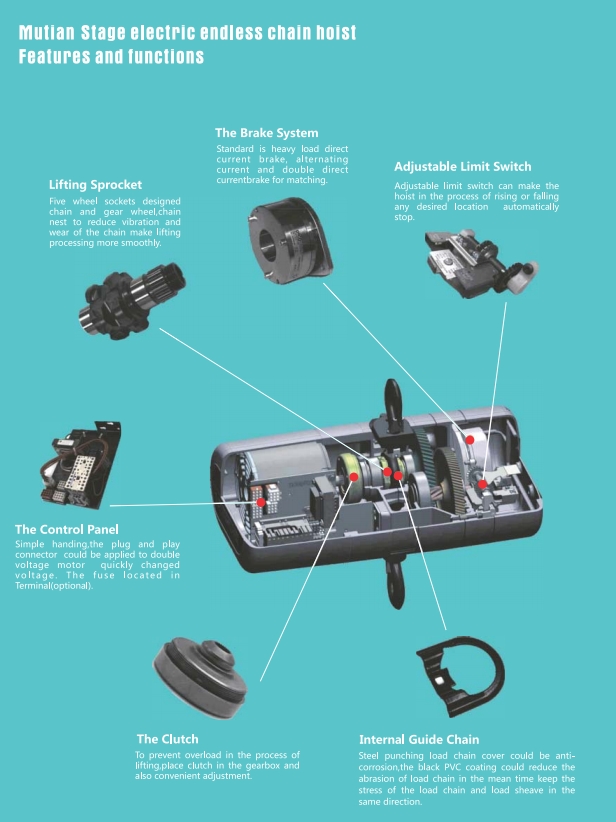
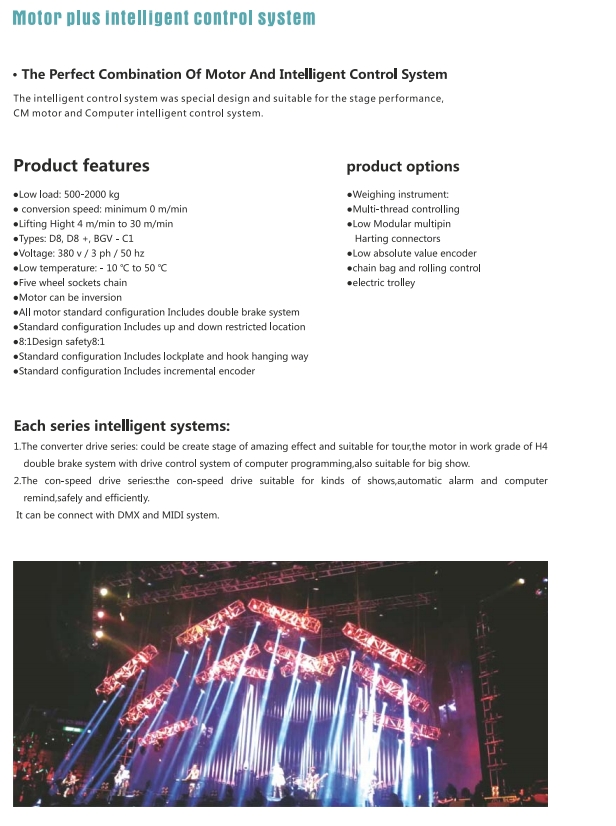
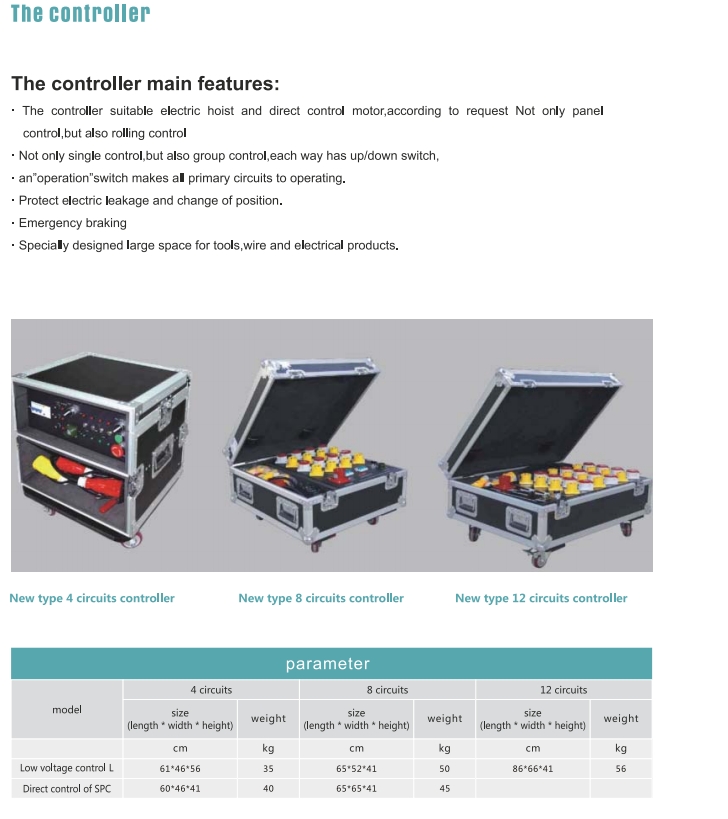
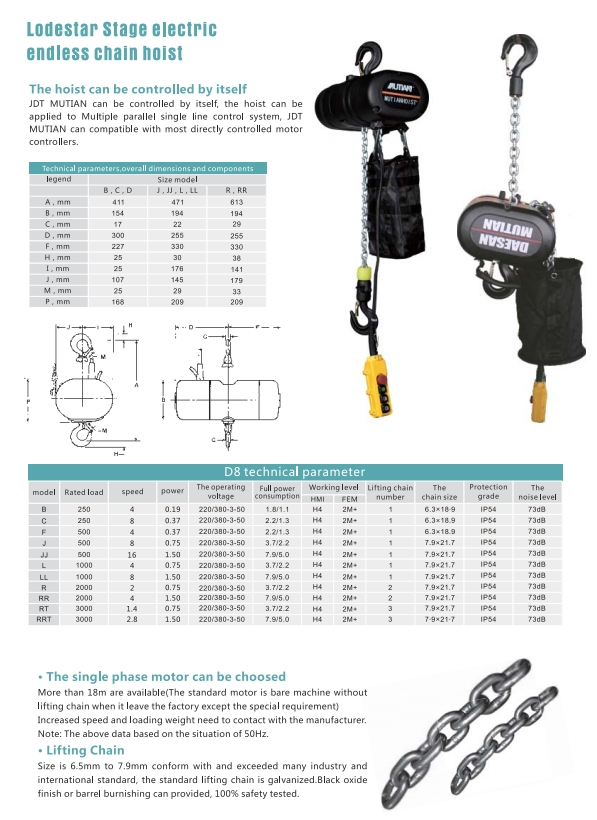
X